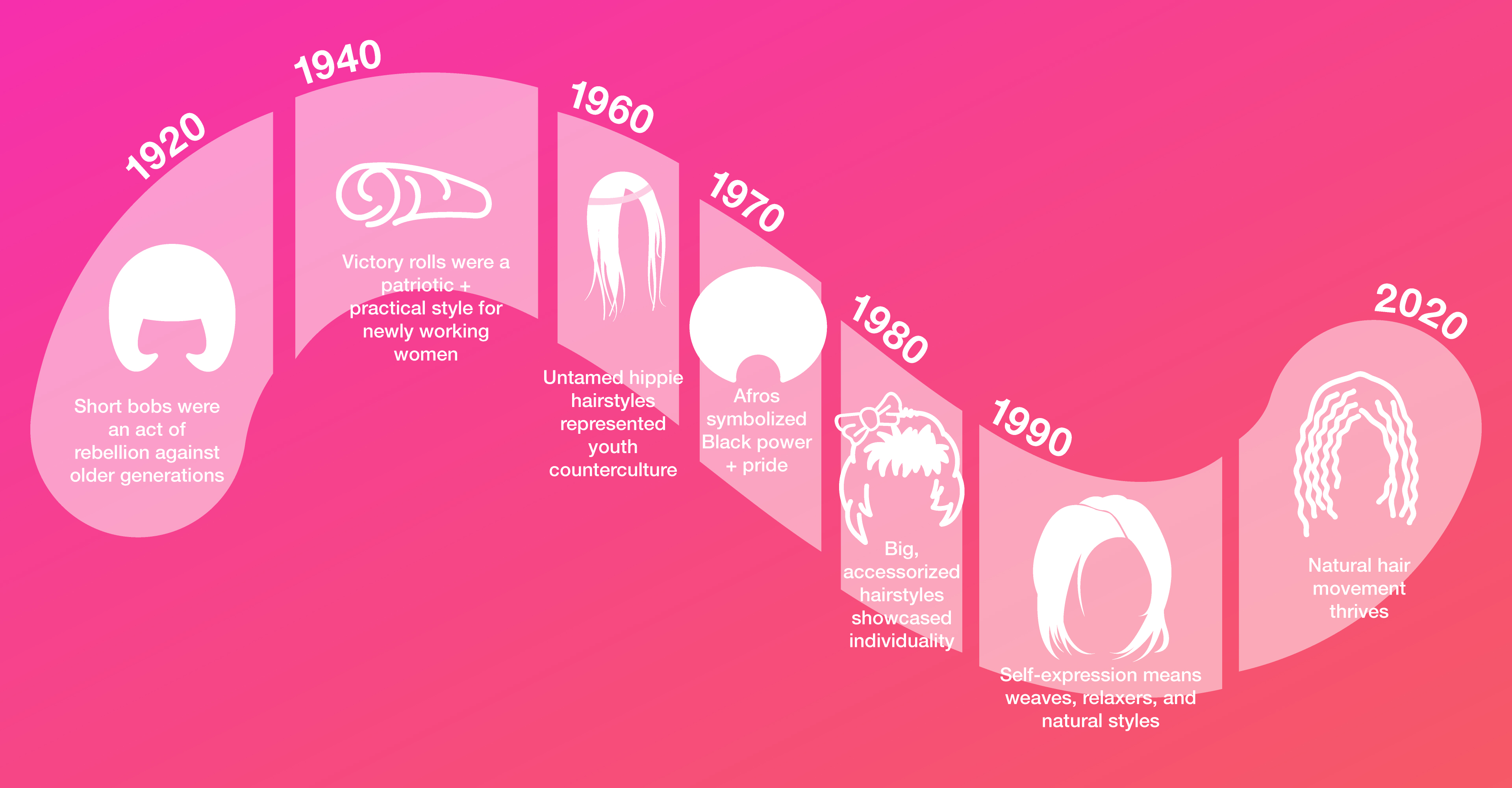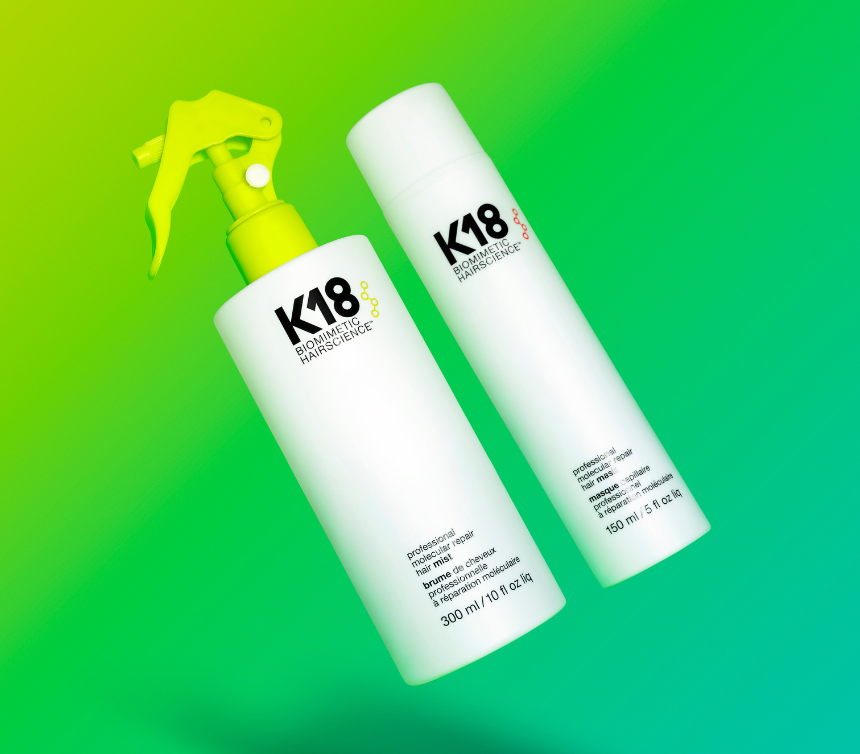El cabello tiene una historia larga y compleja. Con el mes de la historia de la mujer y el día internacional de la mujer en marzo, queríamos usar este We C you para profundizar en el pasado no siempre positivo de la historia del cabello. Queremos cubrir el contexto histórico detrás de algunas de las conversaciones culturales que aún se mantienen en la actualidad. Alfia, nuestra experta en rizos y trenzas, nos guía. Saltemos.
More than a trendy look, hairstyles are visual representations of powerful statements that connect communities + cultures—no words needed. What different styles represent culturally has changed over the course of time, with certain styles serving as their own act of rebellion while others have been assigned stigmas, negative connotations, or been dismissed as inappropriate for certain environments given their cultural background.
Let’s put it all into perspective with a reminder of just how intertwined hair + history have always been.

A lot of people have worked hard, all throughout history to make sure their hair said or stood for something. Now imagine working just as hard to make sure your hair doesn’t say the wrong thing.
Many with curly-coily or natural hair have felt the need to change their style to be accepted in the workplace. Worried their hair will overshadow their dedication, merit, or skill, they opt for styles more generally accepted to not be defined by their hair to peers and bosses.
There have long been stigmas around natural or coily hairstyles being unprofessional and inappropriate in the workplace. Right now, it is still legal in 36 states for people to lose their job or miss out on a workplace opportunity just because of the way they choose to wear or not wear their hair. With labels of being unfit or unkempt—locs, hijabs, twists, braids, wraps, afros, and more are unjustly silenced.
This systemic oppression of Black people dates way back to The Tignon Law of 1786, created by Gov. Esteban Rodriguez Miro of Louisiana to police African women’s hair expression. He stigmatized their natural curls and coils as inappropriate and distracting—forcing them to conceal their hair with Tignons (knotted scarves) in public for nearly 20 years.
The hair industry continued this sentiment with advertisements shaming “unruly” coily hair into being “tamed” with hair preparations and tonics. Labels such as kinky, nappy, and unkempt suppressed curly–coily hair into pursuing the “more desirable” straight, long flowing styles to be accepted into society. This erasure of African women’s culture by conforming to a beauty standard that wasn’t their own perpetuated internal shame + race-based hair discrimination for generations to come.
So, what do people do as a result of the legacy assigned to their hair? They hide it. Their success becomes overshadowed by ideas steeped in outdated beliefs instead of facts or qualifications. Some curly-coily executives talk about waiting until they had enough seniority to be able to wear their hair naturally and fully embrace their freedom of expression.
This teaches generations of people to be fearful of self-expression, like Mishea—a master’s program graduate who cut off her beautiful locs for a “more appropriate” chemically straightened pixie from the fear of being disrespected. Even children’s self-expressions are silenced, with student-athletes rejected from championship events just because of their cultural hair choice.
So, how do we speak up and change the narrative behind these limiting beliefs?
The first is addressing and learning about the history behind so many of these outdated beliefs. Knowing where these beliefs stem from helps us to grow past them. It’s also important to set boundaries for your personal space and relationship to your hair and its history. Even in a protected environment, it's still possible you may experience someone touching your locs or attempting to run their fingers through your coils. While statements like “Wow, look at your wild hair” often arise from sheer curiosity, they can be intrusive.
I have found the best approach comes from a place of empathy. For me, I’ve found empowerment through becoming an educator and speaking on these topics to empower people with the details and info they need to course-correct and speak about all hair types in a forward-thinking, inclusive way.
Because maybe it’s just me, but everyone’s freedom of expression deserves to be liberated, right?
x Alifia, Curly-Coily Expert + K18 Educator
Check back for more curly-coily chats, we’re going all the way.



